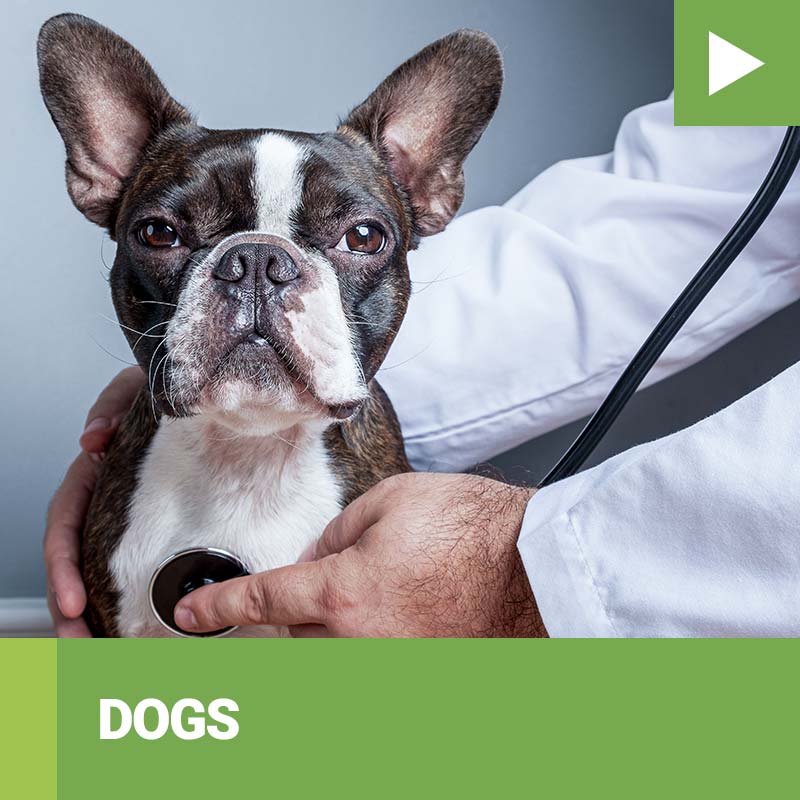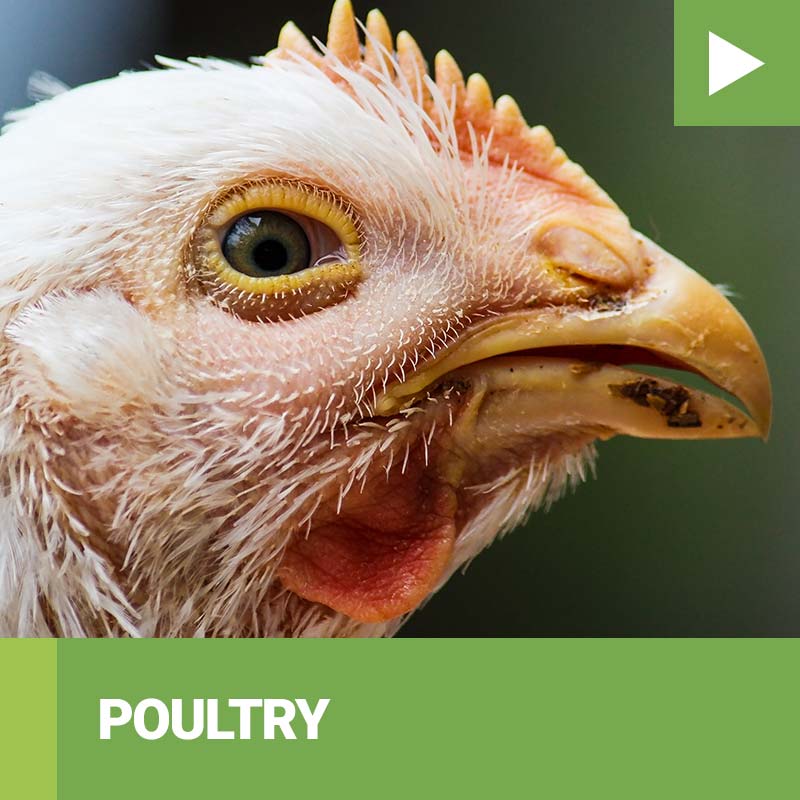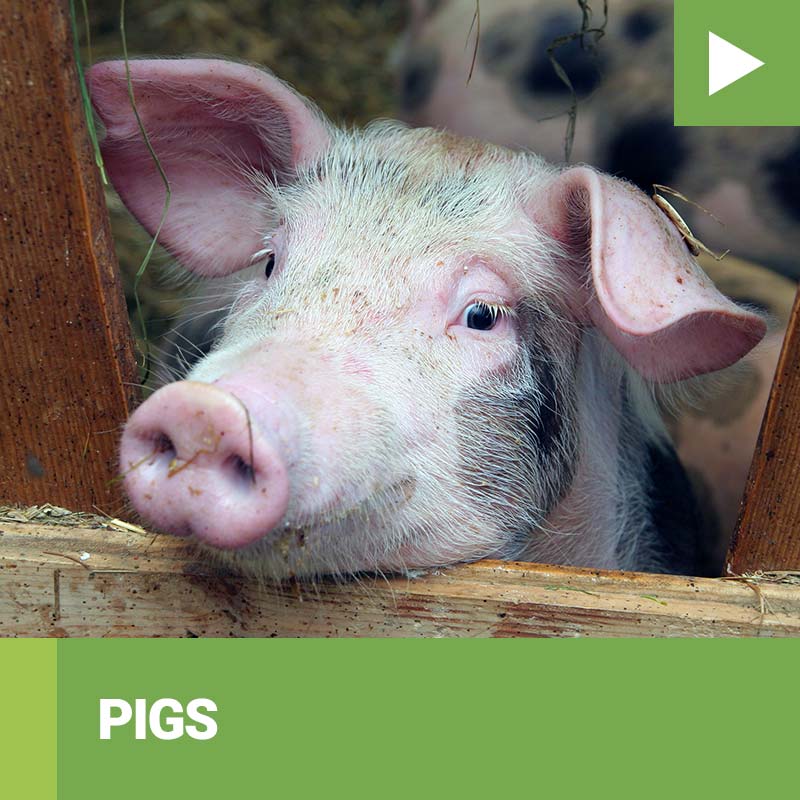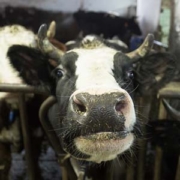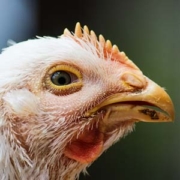Unmet Medical Needs
The human-animal bond is stronger than ever before, and we naturally care about keeping animals healthy and safe. Since we share our homes and communities with animals, we must take steps to prevent and treat animal diseases, because illnesses can move between humans and animals. Keeping our pets healthy keeps us healthy.
We need a more flexible, efficient, and productive regulatory review process that includes recognition of data that is submitted to other competent regulatory agencies around the world. The high cost and extended length of time needed to gain approvals and new products prevents development of many animal health therapies.


